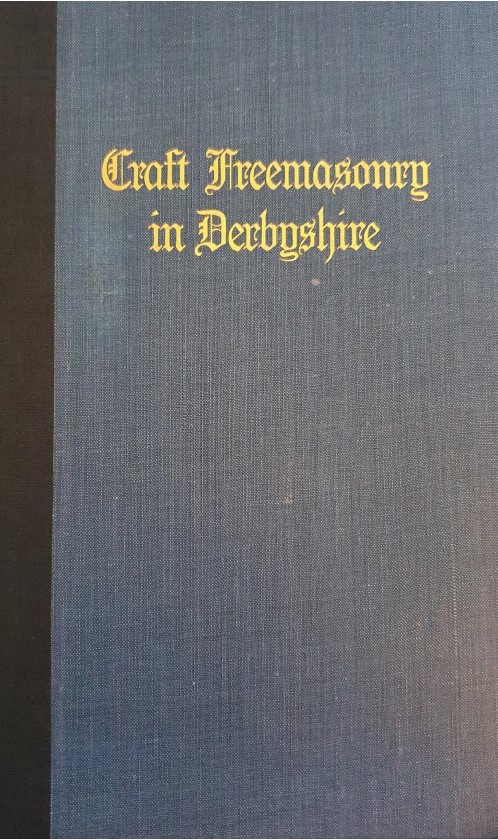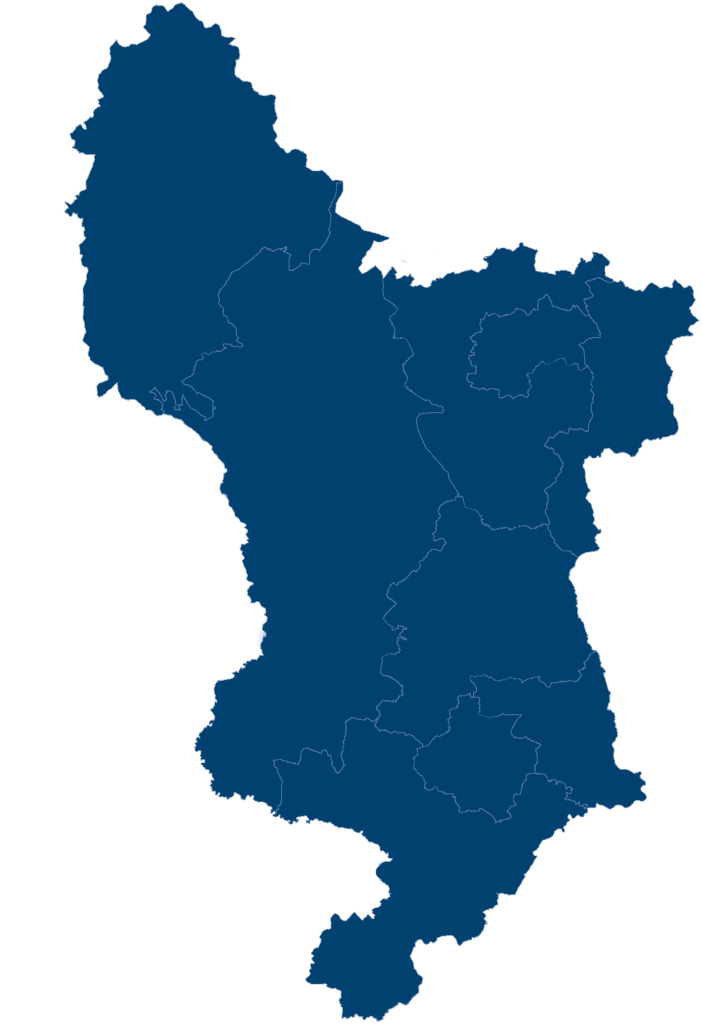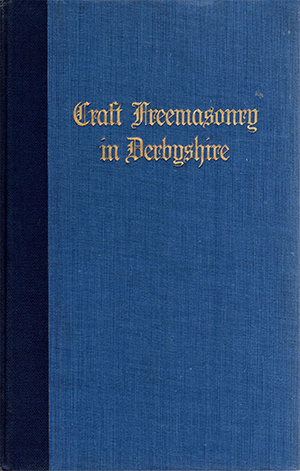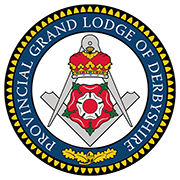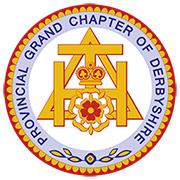History of Freemasonry In Derbyshire
Learn More
The Development of Freemasonry
Freemasonry in Derbyshire was first established as early as 1732, about 15 years after the formation of the first Grand Lodge and around 86 years after the first ever recorded lodge in England.
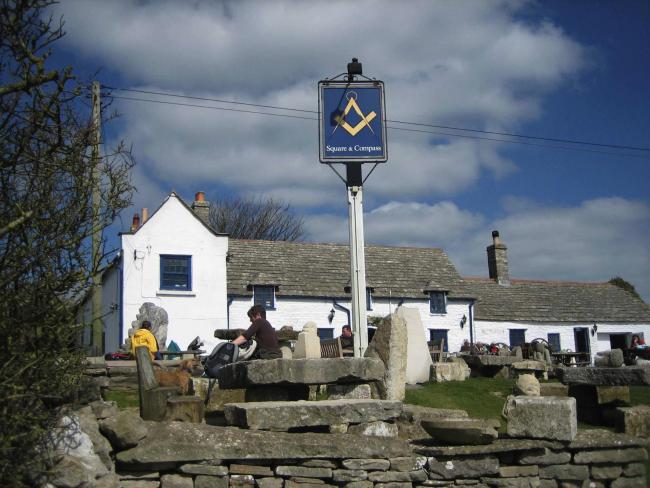
The earliest Lodges were often named after the building where the meetings took place, which not surprisingly would have been an Inn or Tavern. Roving craftsmen required a suitable hostelry to lodge (note the phrase) for what might have been extended periods during the construction of a building. In some cases, accommodation might be provided on site, this being referred to as a Lodgement (again an interesting phrase, which in other circles may have both legal and military connotations also).
It would be easy to imagine that after a hard days toil, a ‘gang’ of craftsmen would return to a preferred Inn – where working Masons would be warmly greeted.
Have a hearty meal, a drink and a yarn until retiring for the evening. As with any group of skilled craftsmen, ‘tricks of the trade’ & ‘trade secrets’ would be discussed and exchanged, and the locations of good jobs with well paying masters, or potential new building sites would be described; but only amongst those ‘in the know’ (and specifically, those of the same rank of craftsmen), who closely guarded their skills and knowledge. Could this be one reason why Masonry acquired a reputation of being a mysterious organisation?
Lodges were formed and Lodges were disbanded. The oldest surviving Lodge in Derbyshire is Tyrian Lodge № 253, being established in 1785 with Masons from afar as Ashby-de-la-Zouch, Loughborough, Mansfield and Southwell often attending the meetings. Clearly, Freemasonry has evolved from its roots where a lodge represented a tightly bound team of skilled craftsmen meeting out of necessity, to that of a social group based on comradeship and convictions.
As some Masons had to travel great distances for their gatherings, it would have seemed very logical to open new (daughter) Lodges where a concentration of Masons resided in the far reaches of the county. In the years 1793 to 1817 Lodges were formed in Buxton, Chesterfield and Repton. Just prior to this period, the Province of Derbyshire was designated, largely observing the County boundary in 1789, with the Provincial Grand Master of Nottinghamshire (Right Honourable Thomas Boothby Parkyns) being given the same role for Derbyshire. This might seem a very onerous endorsement, being responsible for two Provinces, but his appointment was more of a figurehead than a truly executive station. The task of running the Province was delegated to deputies. Tyrian Lodge provided the Lodge (and probably the majority of the Officers) in which the ‘business’ was conducted. So, Tyrian Lodge predated the Province by a few years, which may account for some of the unique ways of our oldest Lodge. It was not until 1826 that officers were selected from across the Province, when one may say a truly provincial team was appointed.
Derbyshire Freemasonry was to say the least sporadic, and, as late as the first third of the nineteenth century only about a hundred Derbyshire Freemasons attended the four existing Lodges. However, the number of subscribing members quadrupled in the following thirty years. In 1876, the Province received its first Banner from the Marquis of Hartington and the first Masonic Directory and Calendar was published, detailing the meetings of the Lodges. In the next 35 years or so Derbyshire Masonry steadily grew with 29 Lodges being formed, having in excess of 1,600 members (a very healthy 50-60 members per Lodge). In the years that immediately followed the First World War, membership almost doubled and the number of Lodges rose to over 40. Similarly, post Second World War saw another swell in Masonic popularity, with some 4,000 subscribing members in 50 Lodges by 1950.
Today the Province has over 75 Lodges with just under 3,000 members.
This huge growth in numbers saw the need for proper management committees to be established and amongst the foremost of these was a Provincial Grand Charity with its Standing Committee, ‘Charity’ being a core element of Masonic belief and activity from its earliest days. It is interesting to note that in 1926 a Provincial Charity ‘Festival’ raised the magnificent sum of £25,000. Our latest Charity Festival in 2014 raised £2,414,016 for the Masonic Samaritan Fund. To achieve that sum we had a very enthusiastic team of dedicated and skilled Freemasons working throughout the Province raising funds from within the membership by personal ‘giving’ or by staging special events.
All this Masonic growth and activity necessitated the purchase of new headquarters. In 1972 ‘The Grange’, in Littleover, Derby, was acquired. It has provided a wonderful setting for many Masonic occasions (additional to the hosting of 38 assorted Lodges in all Masonic Orders) and a magnificent location for many non-Masonic events as well (click on the image for more information).
The last thirty years or so has seen some interesting changes within the Province. Although membership has fallen from its peak in the 1960’s, the number of Lodges has increased. Clearly the average membership per Lodge has decreased, but that requires more of the members to have an active role! It is also quite exciting that certain Lodges attract members with a common interest (but do not exclude others of course): Pioneer Lodge № 9065, for those with a background in Scouting; Sure & Stedfast Lodge № 9130, the Boys Brigade; Round Table Lodge of Derbyshire № 8725; Flyfishers’ Lodge № 9347. Here in Derbyshire we are fortunate to have a wealth of diverse Lodges, and an abundance of dedicated and hard working members, competently supported by the Provincial team.
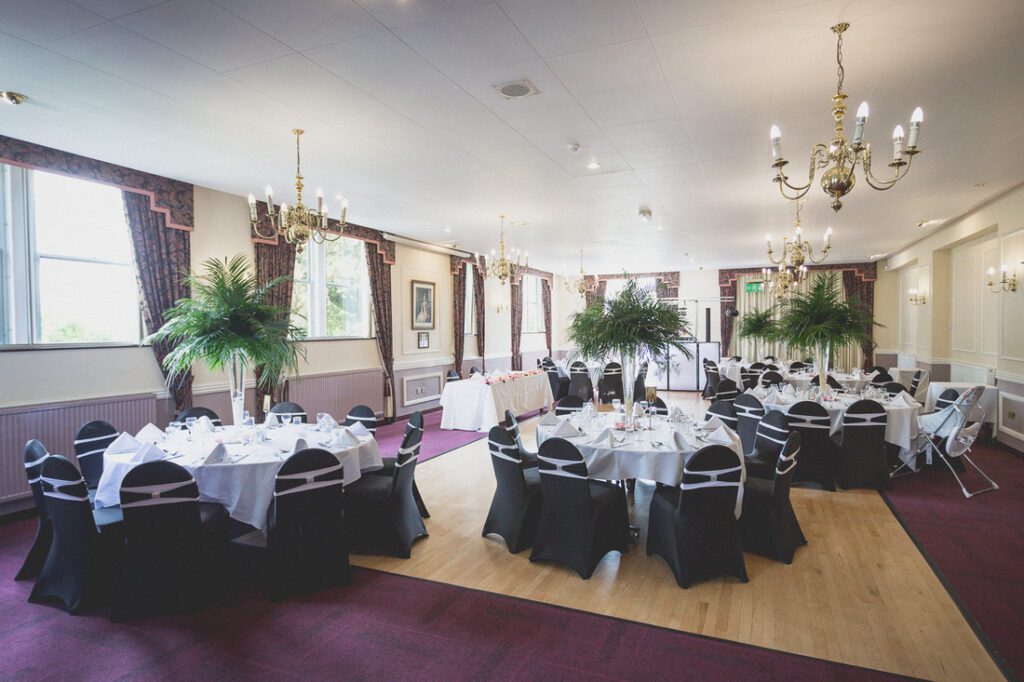
Over the years we have been led by very committed Provincial Grand Masters
1789
Rt.Hon. Thomas Boothby Parkyns, 1st Baron Rancliffe
1792
Admiral Sir John Borlase Warren, Bt, GCB
1801
General Charles Stanhope, 3rd Earl of Harrington, GCB
1814
William George Spencer Cavendish, 6th Duke of Devonshire, KG
1858
Spencer Crompton Cavendish, Marquis of Hartington, later 8th Duke of Devonshire, KG
1908
Victor Christian William Cavendish, 9th Duke of Devonshire, KG, GCMG, GCVO
1938
Edward William Spencer Cavendish, 10th Duke of Devonshire, KG, MBE (who was from 1947 to 1950, the Most Worshipful the Grand Master of UGLE)
1947
Brigadier General Edward Charles Walthall Delves Walthall, CMG, DSO, DL
1959
Captain Basil Arthur Mallender
1968
Captain John Spencer, DSO, MBE, MM
1980
Charles Connal Wilson
1988
Sydney Martin Crawshay Jones
1994
David Charles Law
2005
John Graham Russell Rudd, DL
2015
Arthur Steven Varley
2024
Ian Robert Copestake
We are fortunate to be part of a very buoyant and active Province. What we all have in common is a bond of Masonic friendship, which exists where ever we travel both within, and beyond the Province, where a welcome awaits every Derbyshire Mason. Most importantly, every Mason who comes to Derbyshire knows he will be received with tremendous warmth and hospitality.
